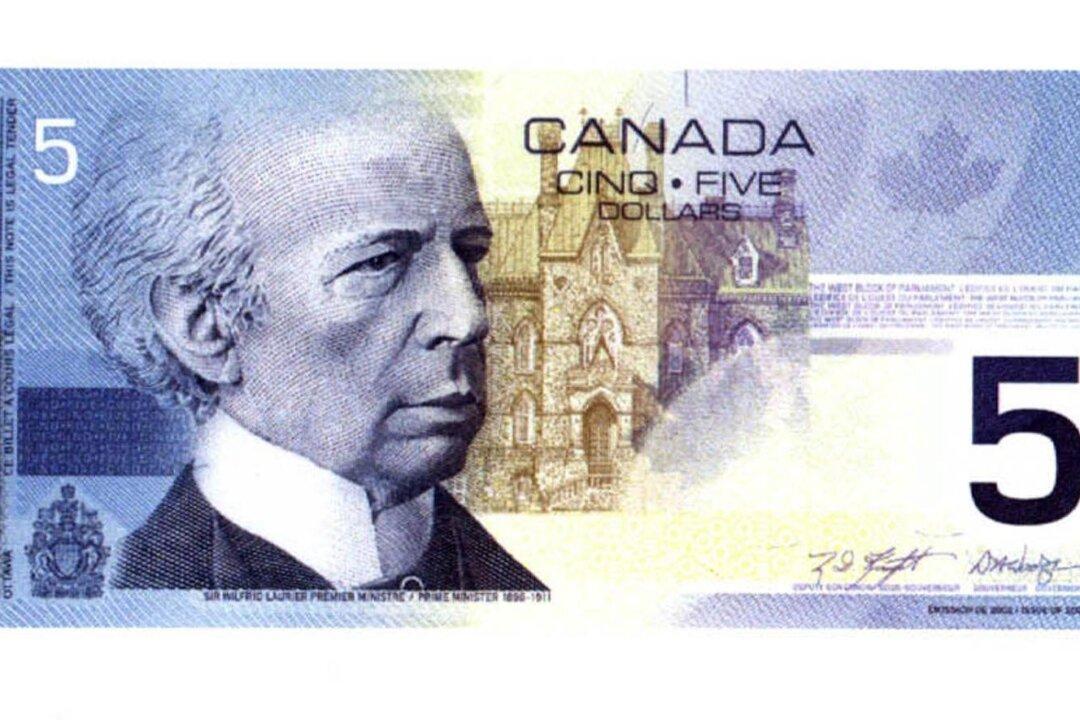Commentary
Many Canadians were understandably frustrated when the twin scourges of cancel culture and wokeness erupted during the COVID-19 pandemic. Yet few probably remember an announcement that just preceded the pandemic and, surprisingly, fit with this negative tone of what was to come.





